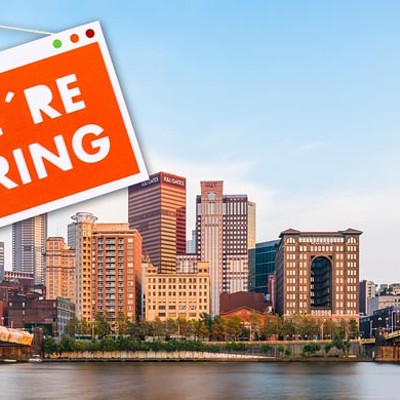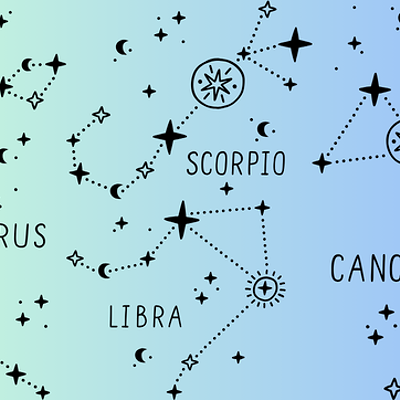Today we hardly notice the words "Free to the People" above the entrance to the Carnegie's main branch in Oakland. What else would a library be, after all? But libraries were once for-profit enterprises, book-lending services that were operated with an eye toward the bottom line ... in much the same way that some critics of the Carnegie's plans to, say, offer coffee and treats suggest it is being run today.
As early as the 1800s, Pittsburghers felt a need for literature other than the Bible. There was no Nintendo, after all. The problem was there wasn't any Amazon.com either: Books were cumbersome to transport, and the market for them too small to make doing so profitable.
The libraries of the frontier emerged as a solution. Strange as it sounds today, to borrow a book from a library required you to pay for it -- or rather, to pay for a subscription which allowed you to peruse its selections and borrow titles you wanted. It was much like a Blockbuster.
The first attempt to open a library in Pittsburgh took place in 1788; a co-owner of the Pittsburgh Gazette, John Boyd, announced that a library of 500 books would be established as soon as he could get 100 subscribers. But as if to forever cement the stereotype of librarians as brooding loners in the city's mind, Boyd hung himself from a tree shortly after advertising his plans for the library. "Perhaps it was the anticipated failure of the enterprise that prompted Boyd to commit suicide," surmises Charles Dahlinger in his book Pittsburgh: A Sketch of its Early Social Life. Or perhaps Boyd's library just needed a larger self-help section.
Boyd's dream would be realized a little more than a decade later by Zadok Cramer, himself the author of The Navigator, a book useful in river navigation. At the turn of the century, Cramer established the "Pittsburgh Circulating Library," with some 800 books.
"Ladies were the principal readers; they love long tales, and the authors supplied them," Dahlinger wrote. Size matters after all, it seems: "Novels in three and four volumes were common, and some were divided into as many as six volumes." Among the titles available were such forgettable masterpieces as: Arthur Mervin, or Memories of the Year 1793; The Silver Devil, Being the Adventures of an Evil Spirit, related by himself -- a work that may have been the autobiography of a young Dick Cheney; and The Wanderings of William, which Dahlinger describes as "a sequel to the Farmer of New Jersey." (Apparently, farmers were the action heroes of their day: Once a writer got hold of a thrill-packed premise like New Jersey agriculture, he milked that franchise for all the sequels it was worth.)
In later decades, libraries competed for readers. According to a list of newspaper advertisements compiled by Stanton Crawford and Mary Brown in a January 1965 Western Pennsylvania History Magazine article, there were a handful of rival book-lenders in the early 1830s, and "competition must have been keen." John I. Kay & Co. Booksellers was advertising a 2,000-book library that cost $5 a year to subscribe to; the Pittsburgh Circulating Library charged a mere 25 cents a month, and also enjoyed the advantage of being located across the street from a brewery. The Franklin Circulating Library, meanwhile, offered 1,500 books at a cost to be "made known at the Library."
There were, of course, private libraries from early on, and some wealthy benefactors offered their volumes for circulation. Among those was a Col. James Anderson, who circulated books to promising young men -- including one Andrew Carnegie, who would later return the favor a thousand-fold. His library, like Anderson's, would be free to those who wished to use it.
Or would it? While Carnegie offered to build libraries at cost to himself, the money for funding the library had to come from the city governments who were interested in them. And some would say that Carnegie's library represented an act of charity by people who never consented -- the writers themselves
"Ask any writer if any librarian has ever asked if it was OK to give away his work," snarls Pittsburgh-area mystery author K.C. Constantine in a provocative introduction to the book Pittsburgh Characters. "[T]he words Carnegie Library go together like pizza and beer, but Carnegie's idea of philanthropy was as twisted as any plantation owner's. ... [T]his is what happens when the ruling class wants to make themselves feel warm and fuzzy." A similar spirit guides the creation of tax-exempt foundations that allow the wealthy to spend their money as they wish while recouping a tax benefit for doing so. Both institutions, Constantine writes, allow the wealthy to "keep their money and give it away so they can keep more of it so they can feel good about having done their civic duty."
You tell 'em, K.C. While you're at it, see if you can shake some tax revenue out of those cultural institutions as well. Because "Free to the People" doesn't always mean free for them.










